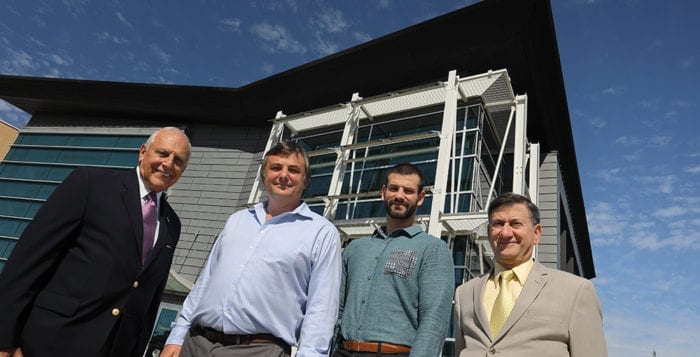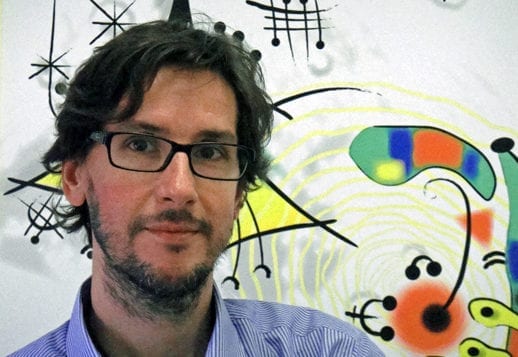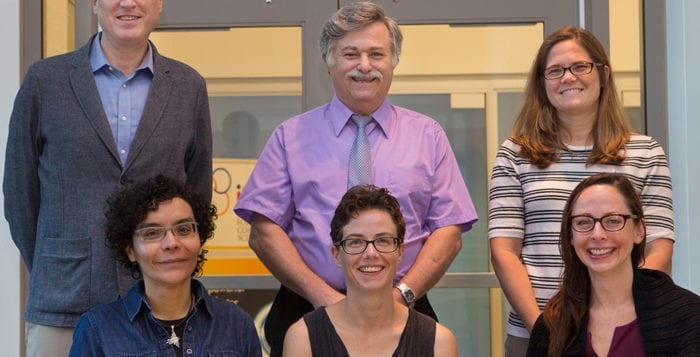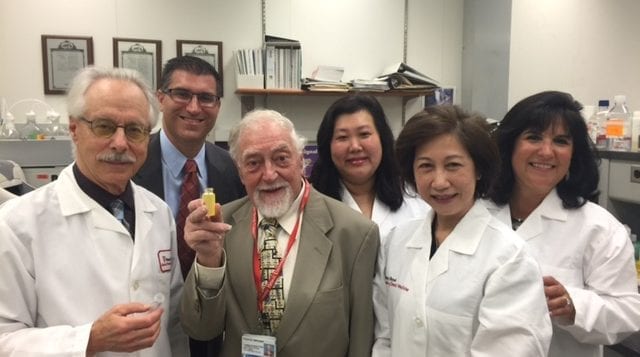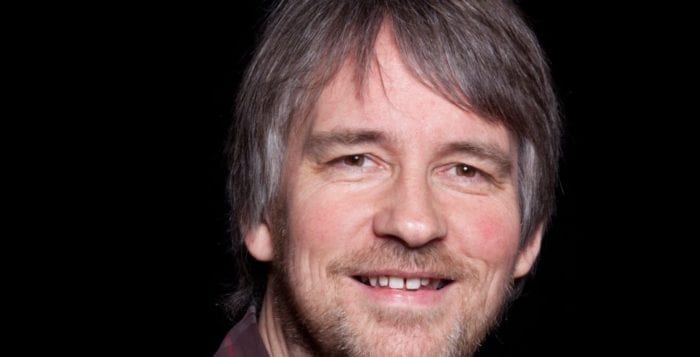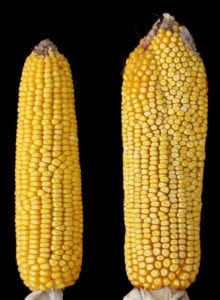The current World Series baseball matchup features two teams that haven’t won a championship in decades. The Cleveland Indians’ last title came in 1948, while the Chicago Cubs, in case anyone hasn’t heard, previously claimed baseball’s top prize in 1908. Let’s take a look at the way things were the last time each of these teams won the World Series.
In 1948, the Indians’ Leroy “Satchel” Paige made his debut on July 9, becoming the first African-American pitcher in the American League. He went 6-1 for the Indians that season, although he pitched to only two batters in the World Series, retiring them both.
The cost of everything was considerably lower, before inflation kicked in. The price for a grandstand ticket at Braves Field, Boston, for the clinching sixth game when the Indians beat the local Braves, 4-2, was $6. The Braves moved later to Milwaukee and then Atlanta.
The cost of a gallon of gas to drive to Braves Field, which is now Nickerson Field on the campus of Boston University, was about 16 cents.
Also in the world of sports, the Olympics returned to the world stage after the 1940 and 1944 games were canceled during World War II. Remarkably, London — the target of repeated bombings during the war, which had ended only three years earlier — hosted the 1948 Olympics.
In other international events, Israel was created, with David Ben-Gurion serving as the first prime minister. In Berlin, after the Soviet Union blocked all ground traffic into West Berlin, the airlift started on June 26, 1948, and didn’t end until Sept. 30, 1949, providing enough supplies to enable West Berlin to remain under the control of the British, French and American governments.
Back on the home front, President Harry Truman dedicated New York International Airport, commonly known as Idlewild Airport and, now, JFK. He hailed the new airport as “the front door” of the United Nations, which was under construction in Manhattan and would be completed in 1952.
Truman, who had become president after FDR died, ran for election against Republican Thomas Dewey. The day after the election, the Chicago Daily Tribune ran a banner headline that read, “Dewey defeats Truman.” A beaming Truman held up the paper after he won the election.
Back in 1908, the last year the Cubs won the World Series, the Olympics were held in London for the first time. The games were originally scheduled for Rome, but a Mount Vesuvius eruption in 1906 made a new venue necessary.
The cost of a grandstand ticket at West Side Park, where the Cubs played, was $1.50. The Chicago team wouldn’t move to Wrigley Field until 1916.
A loaf of bread cost about 5 cents, while a gallon of gas, for those who had cars, was some 20 cents. Ford started producing the Model T car that year. The average worker made $200 to $400 per year.
In Europe, Wilbur Wright was dazzling French spectators with demonstrations of his ability to bank turns and fly in circles in an airplane.
The president of the United States was Theodore Roosevelt. He had already indicated he wouldn’t run for re-election after two terms. His successor, William Taft, defeated Democrat William Jennings Bryan to win the 1908 election. Women would still have to wait to vote until the 19th Amendment passed on Aug. 18, 1920.
In 1908, the country celebrated its first Mother’s Day on May 10, and in early November the Brooklyn Academy of Music opened.
And those are just some of the highlights of the last years the Cubs and Indians won the World Series.

